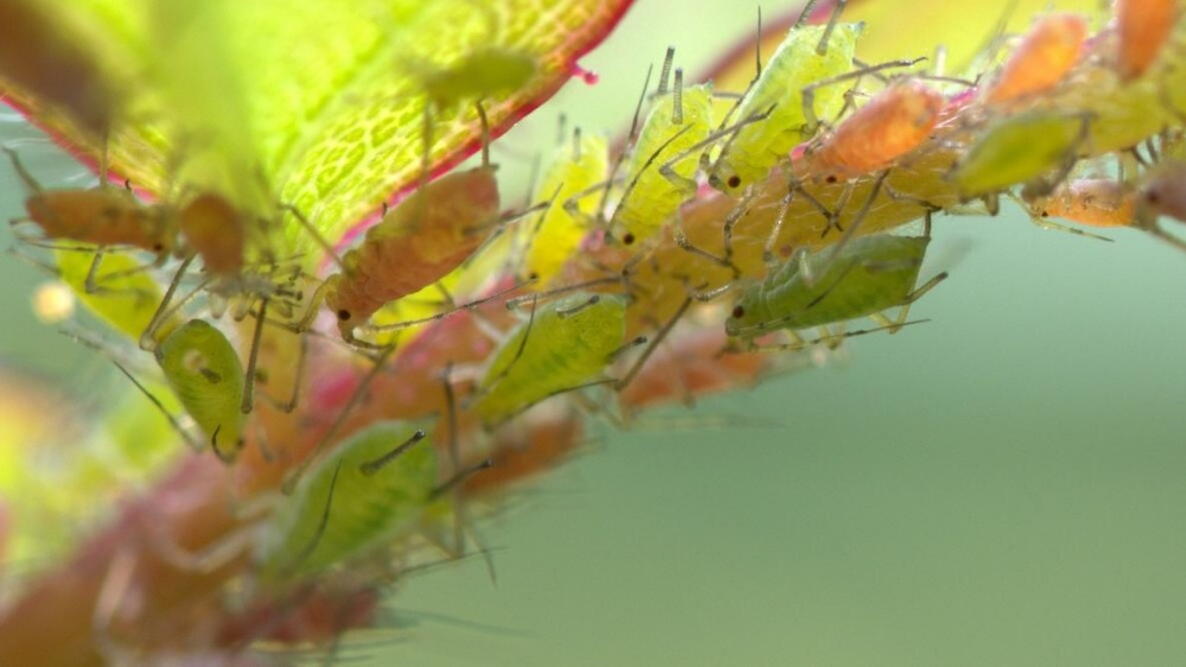
Caption
Aphids are pesky green bugs that can wreak havoc on your garden.
Preventing Aphid Infestations in Your Garden
Read Next
Gardening Products
More Like This
When it comes to battling aphids on your hibiscus, you should start with the suggestions listed above under Control and Prevention.
First try using a steady stream of water to knock as many aphids off your hibiscus as possible. Once they are dislodged, most will not find their way back to the plant.
If aphids are still present, try using a horticultural oil, neem oil, or insecticidal soap. Just make sure that whatever you decide to use comes in contact with the pests because it must do so to be effective. Spray both the top and underside of leaves and anywhere else the aphids are present. Depending on what you use, you may need to make multiple applications.
There is also the option of using a solution of water and a few drops of dish soap and either wiping or spraying affected areas.
Hope this helps!
- « Previous
- 1
- 2
- …
- 10
- Next »

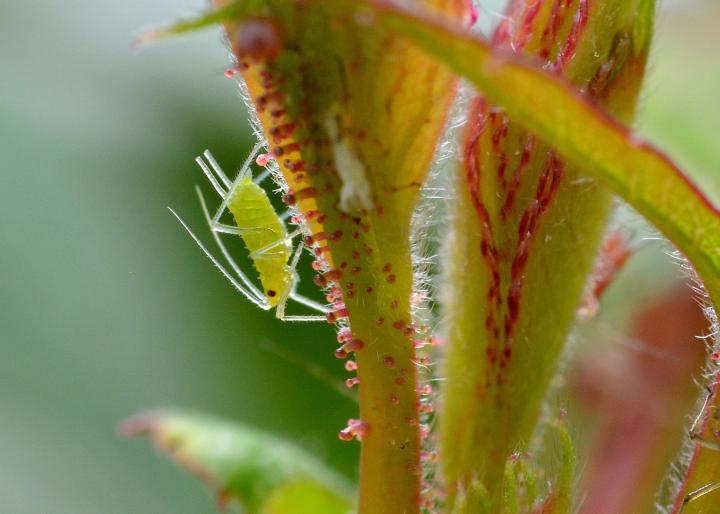
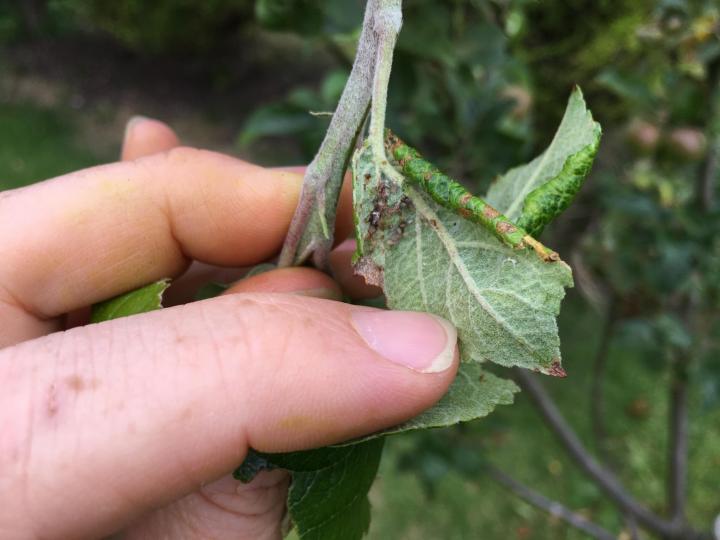
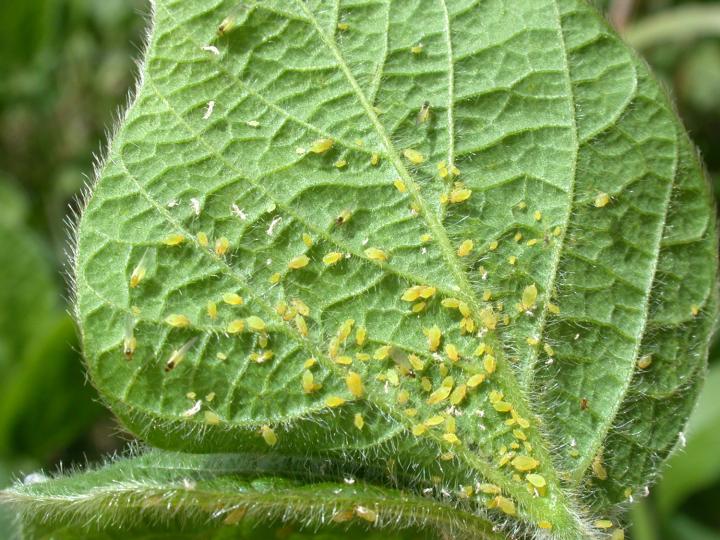
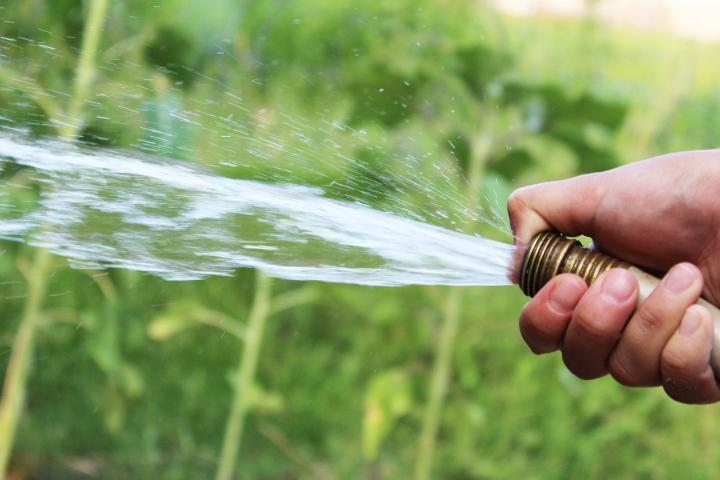
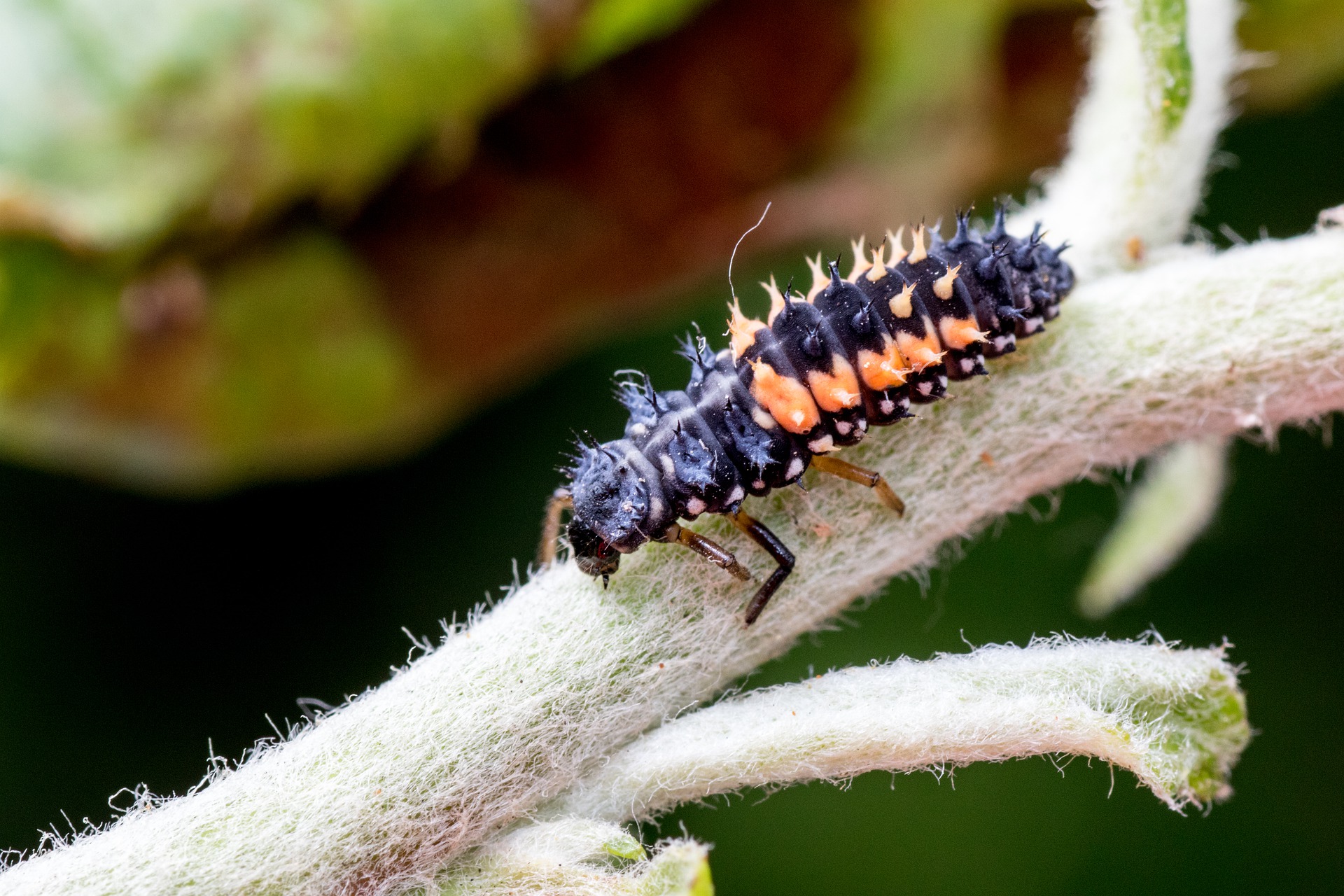



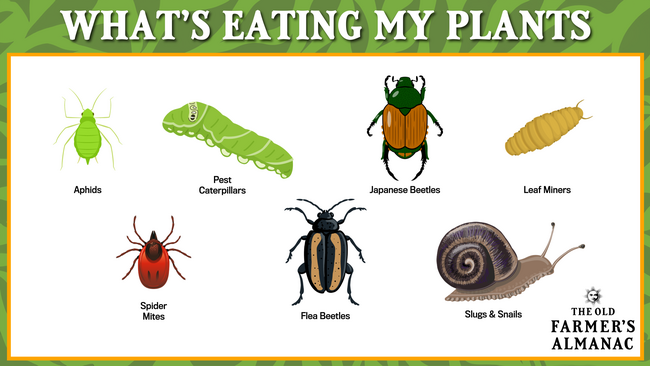





Comments